How do you stop moisture and mold from forming behind drywall in a new basement?
We have a new home built in 2020 that we moved into in July of 2020. By the end of September I had found mold on the baseboard in the northwest bedroom. The builder identified a defect with the spray foam insulation not being installed in the joist box ends. There was a shower of moisture running down the wall in certain areas all along the concrete wall in the entire basement.
The builder fixed this defect by January 2021. In July of 2021, after an excessively hot summer, I found mold again in the same northwest bedroom and in the rest of the basement in certain spots. It seems there is moisture accumulating behind the drywall that is sealed with vapour barrier paint on the drywall, no poly vapour barrier.
We had to hire and investigate on our own to make the warranty claim. Warranty has not been helpful what so ever and the builder is also not actively involved as they wait for instruction from home warranty. The problem identified by a building science company was with rising damp. The solution presented would be to spray foam the entire basement cement walls. At this stage I have seen very similar posts here and wanted to find out what solution worked and what the outcome was either with home warranty or as the homeowner.
I am actively monitoring the moisture content in the baseboards and can see it rising during the summer. We do live in a semi-dessert location and the problem has been most active during the heat of summer in drought conditions.













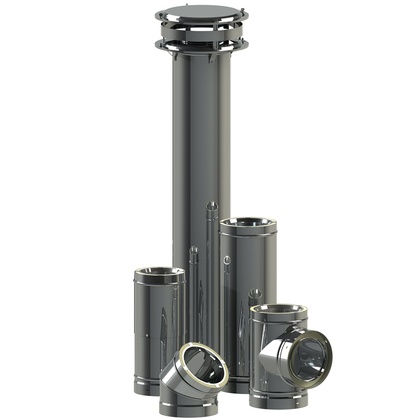

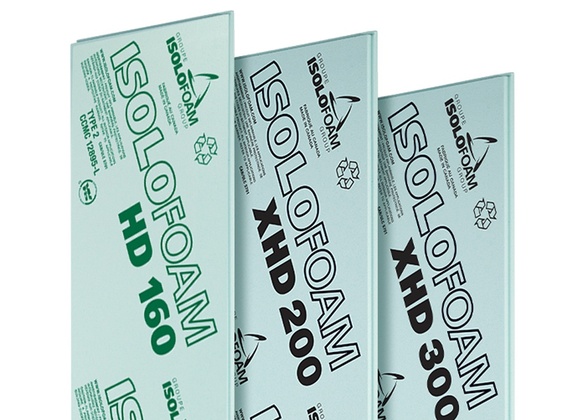
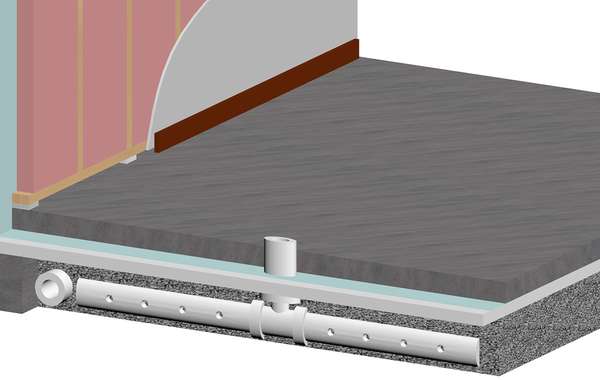
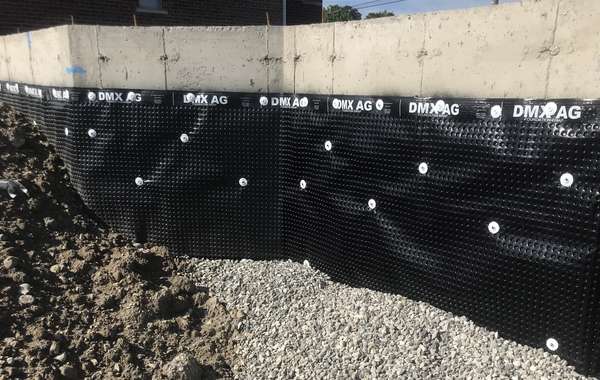
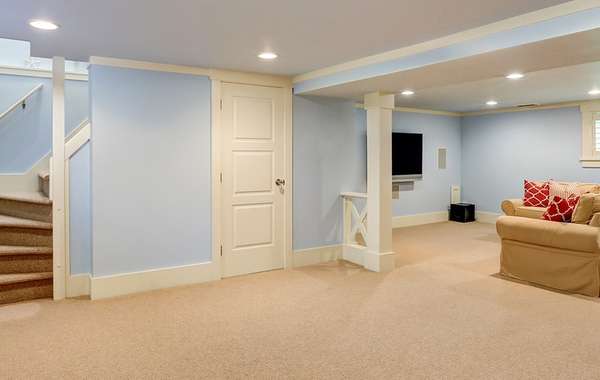
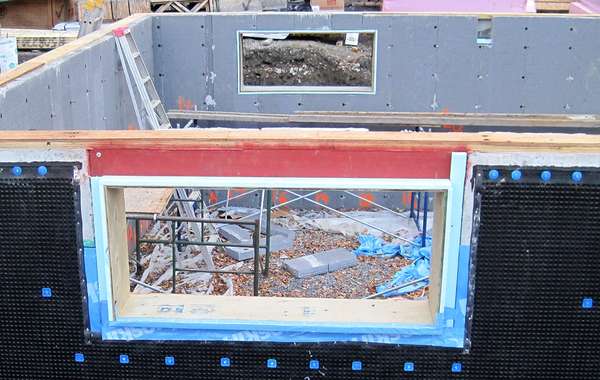
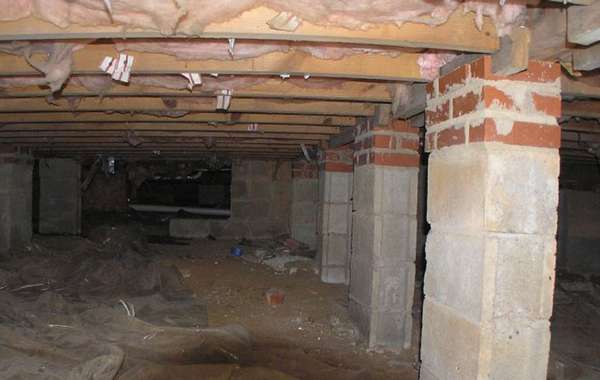
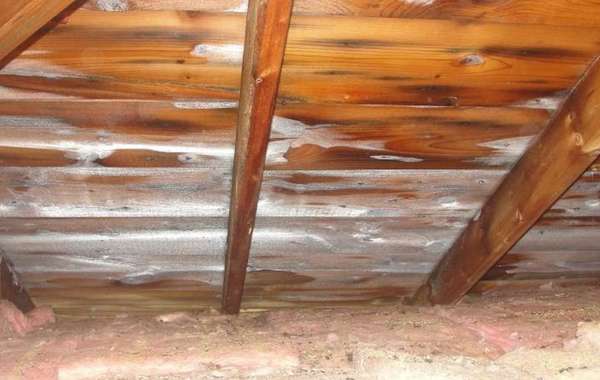
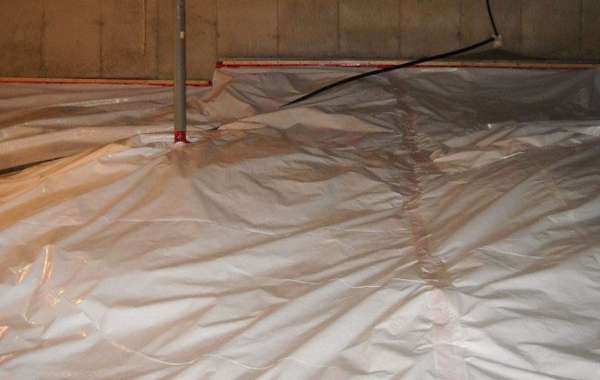
Basement foundations are wet, and finishing them too soon – and certainly if they are not built properly – will most definitely lead to moisture damage and mold. The diagnosis and solution you’ve received don’t sound wrong, but with more information we may be able to offer more advice. Is the wall built in such a way that wood studs are installed with a space between them and concrete and spray foam has been applied? If so – how thick is the spray foam, and how complete is it?
Spray foam acts as a vapor barrier so there would be no need for a poly vapor barrier behind the drywall as no moisture should make it that far. If they forgot to do the joist cavities at the top I would expect you might find moisture build up there, but so much that it is running down the walls is more than we would expect to see. I’m just a bit confused by comments like ‘moisture running down the concrete wall, I guess you mean running down the spray foam?
Here is a page about how to prevent moisture and mold when building basements, there you can at least learn the science behind why basements fail to further solve the problem. Hiring an independent building science professional to diagnose the problem was a smart move, I just don’t see the connection between ‘rising damp’ which comes from the bottom up, and water ‘running down’ from the top.
If you’re on land with a high water table and there is no exterior water protection membrane and insufficient drainage then that is likely the source of the ground moisture. Detail clearly if you can – how the wall is built from outide to in (ie: membrane no membrane, concrete, wood studs +sprayfoam, drywall etc. and where exactly the moisture is coming from.
To clarify the concrete wall itself is not spray foam insulated. The recommendation we had to prevent moisture forming on the concrete walls is to spray foam the entire concrete wall. The framing studs are setback an inch from the concrete wall with R-12 fibreglass insulation, drywall, and primer/vapour barrier paint. On the exterior of the concrete wall is a black damp proof tar.
I'm curious how other home owners dealt with this type of problem, mainly if it was a warranty issue. Warranty has been a nightmare to work with.
So are you telling me you have a newly built home -as in sometime around 2020 - and it has a wood stud wall one inch away from bare concrete that isn’t separated by foam or any waterproofing membrane? I wouldn’t think that would meet code anywhere anymore, where are you located?
Here’s the thing – concrete is wet when it's poured and takes years to dry, even the most water-proofed foundation in the driest climate. And the ‘kinda’ moisture protected ones – as in those with a tar or dimple membrane on the outside will still always stay wet unless they put a membrane between the footing and the foundation wall to stop moisture (I linked that so you can go see an image called a 'capillary break'). At least I’ve never seen one in any house unless I put it there myself, and that’s why foundations always stay wet and basements rot because the footing wicks moisture up from the ground into the concrete wall. That must be what the building scientist meant by rising damp. Putting a wood stud wall against a concrete foundation and then sealing it up with any kind vapour barrier or painted drywall is a moisture trap to me that will develop mold.
Spray foam will solve the problem as it will be the vapour barrier that is needed to keep the wood dry. We're not huge fans of putting spray foam in homes when you're already living in it, so if you go that route be sure to ventilate it well. Alternatively I'm wondering if instead you want to slip some 6-mil poly in behind the studs, even in pieces taped to gether it would stop the moisture. then you could use batt insulation, just an idea and we can discuss it more if you like.